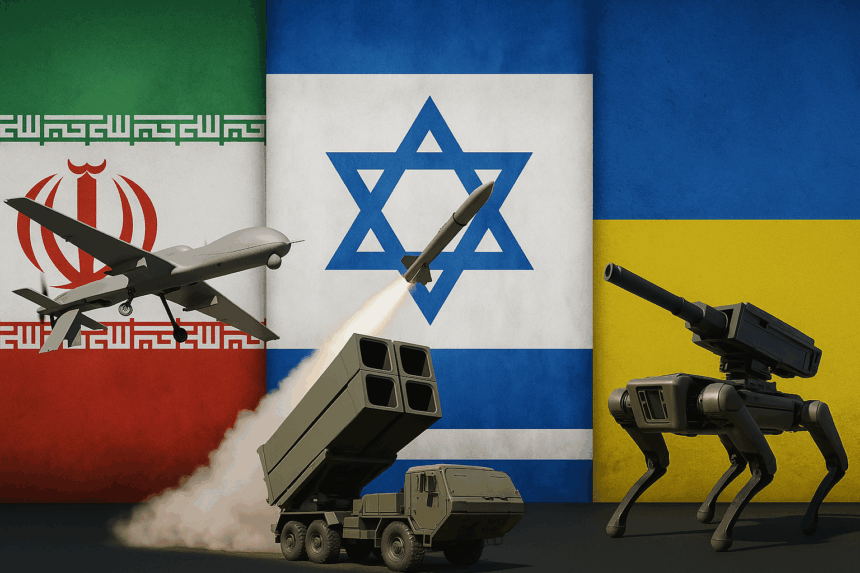Technology plays a growing role in the conflicts unfolding across Iran, Israel, and Ukraine. Advanced military gadgets, cyber tools, and surveillance systems are reshaping battlefield tactics and intelligence operations. These innovations affect not only the combatants but also the wider geopolitical balance.
TF explores further developments in specialized technology used by Iran, Israel, and Ukraine, illustrating how modern warfare adapts to rapid technological change.
What’s Happening & Why This Matters
Iran extensively deploys its surveillance and attack capacities. The Revolutionary Guard Corps (IRGC) uses unmanned aerial vehicles (UAVs) for intelligence gathering and precision strikes in regional conflicts. These drones vary from strange reconnaissance models to armed variants capable of hitting targets.
Irlocations strengthens its cyber warfare capabilities, targeting adversaries with sophisticated hacking and information operations. Cyber experts note Tehran’s growing ability to disrupt communications and gather data remotely. These cyberattacks intensify tensions and complicate the resolution of conflicts.
Israel’s Conflicts: Cutting-Edge Defense and Attack Tech
Israel continues to invest heavily in high-tech military equipment. The Israeli Defense Forces (IDF) operate advanced electronic warfare systems, missile defense networks like Iron Dome, and autonomous vehicles to protect its borders.
Israel’s intelligence agencies leverage AI to utilize data to predict and guide operations. New initiatives focus on developing cyber defense tools to secure critical infrastructure from increasing hacking attempts.
Israeli military tech often serves as a model for allies worldwide, setting new global defense standards.
Ukraine’s Tech-Enabled Resistance
Ukraine incorporates Western-supplied drones, encrypted communications, and satellite data into its defense strategy. The conflict has accelerated the adoption of remote sensing and battlefield AI to coordinate troop movements and monitor enemy actions.
Ukrainian forces use commercial drone tech adapted for reconnaissance and even improvised attacks. These technologies allow them to punch above their weight in resisting more powerful forces.
Ukraine’s innovative use of tech highlights how emerging technologies level the playing field in asymmetric warfare.
TF Summary: What’s Next
Technology profoundly influences the Iran, Israel, and Ukraine conflicts. Drones, cyber warfare, and AI enhance both attack and defense capabilities, creating new challenges for regional stability.
TF predicts these countries push further innovations in special military tech. The use of autonomous systems, cyber tools, and real-time data will shape future combat and intelligence gathering methods. Keeping pace with this rapid evolution is critical for global security and diplomacy.


